Jumbo is a type of pistachio that is grown and harvested in Iran, so it is the main and largest supplier of these delicious nuts in Iran.
However, Iran exports a large amount of jumbo pistachios to the United Arab Emirates, so that nearly half or even more than half of its suppliers are in the United Arab Emirates, and it exports a large amount of jumbo pistachios to European, African and They export to Asia.
Jumbo pistachio is mainly known as Kale Amochi which means ram’s head. They named it because of its shape and appearance.
The shape of this breed, which is similar to a jumbo pistachio (ram’s head), is derived from it. This breed is famous for its size.
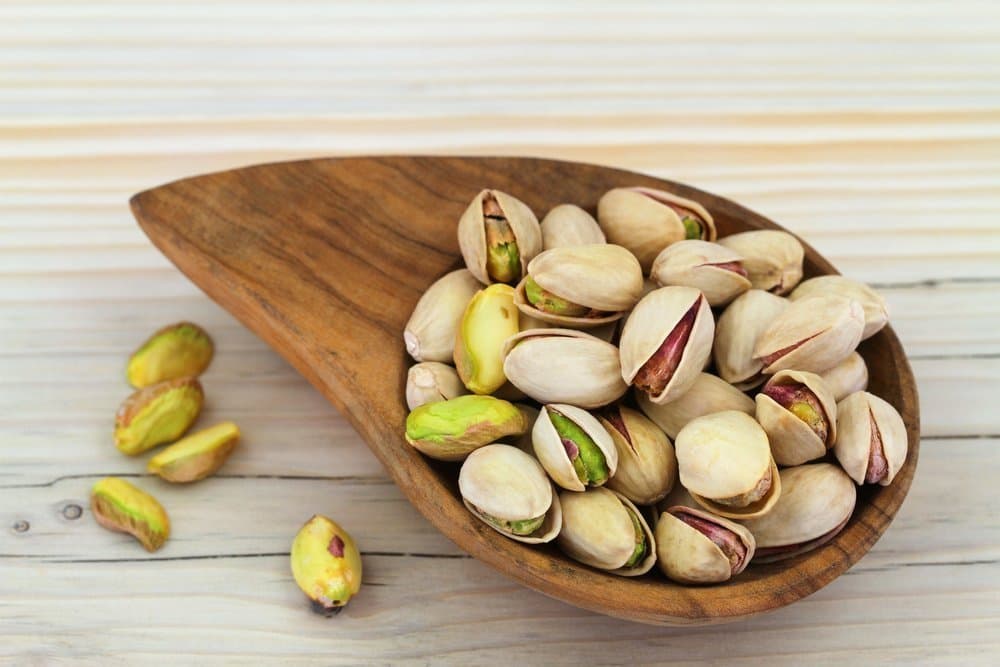
Jumbo pistachios are bigger and longer than round pistachios. The high percentage of fat in this pistachio gives it a unique taste.
Calgoti pistachios have been cultivated for over 4000 years and have a long history in agriculture. Iranian farmers and producers have enough capacity that Iranian jumbo pistachios are in a spectacular and unique condition like now.
According to recent studies, Iran produces more than 70% of the world’s giant pistachios and reached an annual production of over 150,000 meters per ton in the same year.
Iran finished the 2018-19 season as the world’s third largest producer with an output of 52,000 tons (in shell).
However, it was very little harvest that made this season remarkable. Iran’s pistachio production ranks second in the world with a five-year average yield of 172,000 tons.
Pistachios are also widely consumed in Iran. The domestic consumption of agricultural products is about 35% and the export is 65%.
Compared to the United States (20 percent on average), Iran exports a significantly higher percentage of pistachio nuts.
Iran’s pistachio nut exports account for an average of 60-70% of global exports, making the country one of the world’s leading exporters.
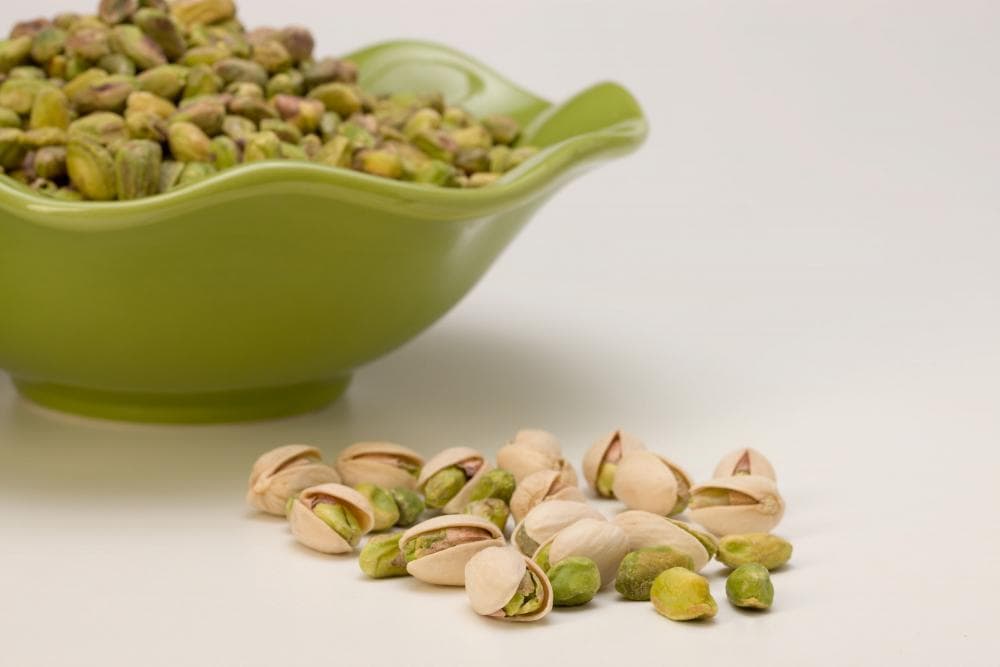
In 2018, the main export destinations of Iran’s pistachios were the United Arab Emirates (12%) and India (11%).
16% of the total export to the European Union and more than 50% of the export share to Germany. Spain is the fastest growing market for Iranian pistachios in Europe. Exports to Spain doubled from 600 tons in 2014 to more than 1,300 tons in 2018.
Kerman province in the southeast of Iran is the largest pistachio producer in the country with more than 200,000 hectares of pistachio cultivation.
This province accounts for about 70% of Iran’s pistachio production, but production faces challenges due to lack of water, the need for irrigation, and post-harvest work.
Fandgi (40% of pistachios), Kaleh Ghochi (20%), Akbari (15%) and Ahmad Aghaei (12%) are the main pistachio cultivars in Iran.
More than 70% of production is done by small farmers who rarely use automated harvesting tools.
Iranian pistachios are of interest due to the high ratio of shell to kernel and the high percentage of large kernels. Iranian growers, producers and exporters have established the Iranian Pistachio Association for Increasing Production (IPA).
IPA supports investment in the latest production technologies and regularly participates in major business events around the world.
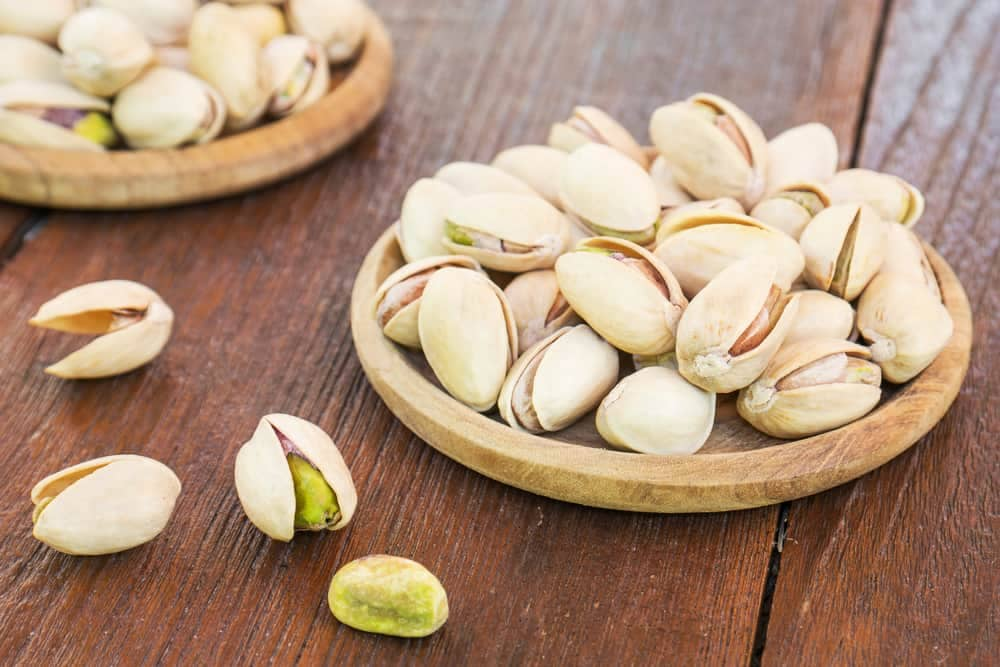
Pistachios Suppliers
For suppliers looking to export pistachios to Europe, a food safety certificate combined with regular and reliable laboratory testing can help build a positive reputation.
By using sustainable production techniques and implementing CSR policy, emerging suppliers gain more benefits.
Due to high levels of aflatoxins, pistachios are often rejected at border controls, so suppliers must pay special attention to mycotoxins control.
All foods containing pistachios must be safe to be placed on the EU market. Foreign products are no exception to this rule. Additions require approval.
There are limits on the levels of hazardous contaminants such as mycotoxins and pesticide residues. Also, the label must clearly state that nuts may cause allergies.
Maximum values for various contaminants in food are defined by European Commission regulations.
In addition to the limits set for basic products in general, this regulation is constantly being updated and includes a range of specific limits for contaminants in some commodities such as pistachios, mycotoxins, the presence of small amounts of Pesticides, microbes and heavy metals. Pollutants that are often required in pistachios.
If such products are found to repeatedly violate applicable laws, the importation of such products will be subject to more stringent requirements such as accompanying health certificates and analytical test reports.
Products from countries that consistently violate this law may be listed in the appendix to this law.
The largest producer and exporter of pistachios in the world is the United States. In 2018, about 450 thousand tons of pistachios were produced in America.
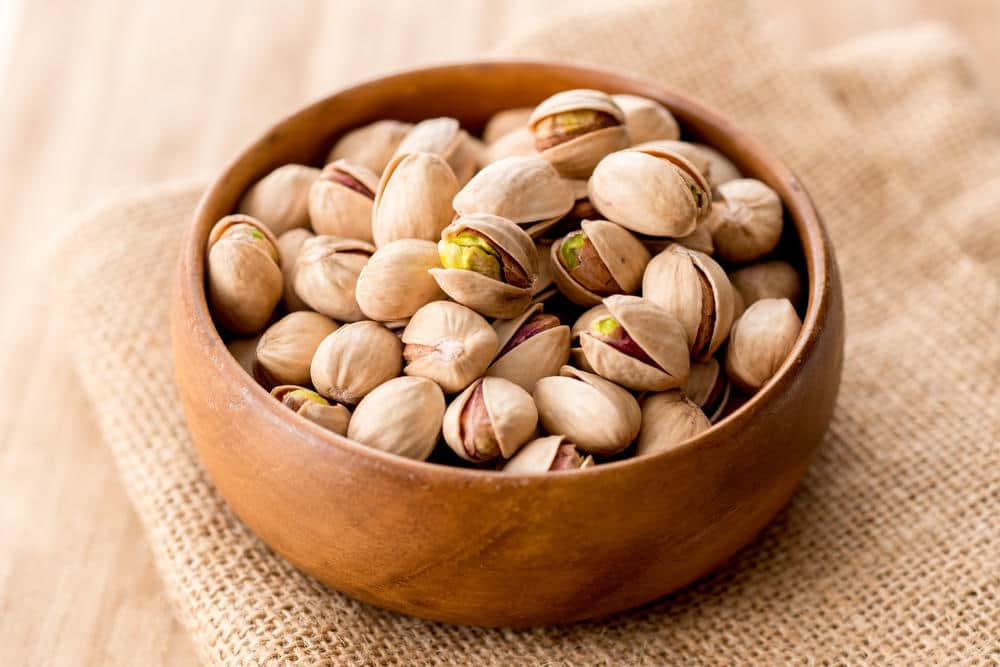
The United States produces 47 percent of the world’s crops, followed by Iran (27 percent), Turkey (20 percent), and Turkey (27 percent).
The United States is the largest exporter of pistachios in the world, with approximately 70% of its production exported to other countries.
In 2018, US pistachio exports totaled 193,000 tons, accounting for 50% of global exports.
However, given that the United States has held an average share of 36 percent over the past five years, this large share of global exports is largely due to Iran’s very small output.
China, including Hong Kong, accounts for 42% of world pistachio exports, while Germany accounts for 10% of world pistachio exports. The majority of US exports (nearly 96%) are shelled pistachios.
The percentage of shells and/or kernels that do not meet the minimum standards indicates pistachio quality.
The United Nations Economic Commission for Europe (UNECE) guidelines specify minimum requirements for shelled pistachios and pistachio kernels.
In addition to these, other quality requirements such as taste and aroma are used. Some of these criteria are arbitrary and difficult to evaluate based on physical characteristics.

In addition to the UNECE standards, the Codex Alimentarius Commission, of which the United States and Iran are members, produces similar but slightly different standards. The most important factors used to evaluate pistachio quality are:
Classification: The European Union does not have an official classification system for pistachios.
But shelled pistachios and pistachio kernels are usually classified according to different criteria and according to the allowed defects into three main categories: extra class, class I and class II.
Only two classes are defined for shelled pistachios: Extra and Class I.
As for how the shell is opened, the standards used in the United States and Iran define grade 3 or higher for shelled pistachios (for naturally opened shells, mechanically opened). shells and unopened shells).
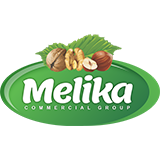
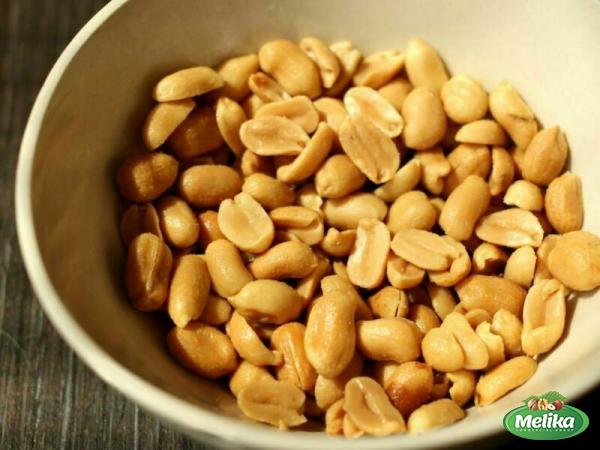
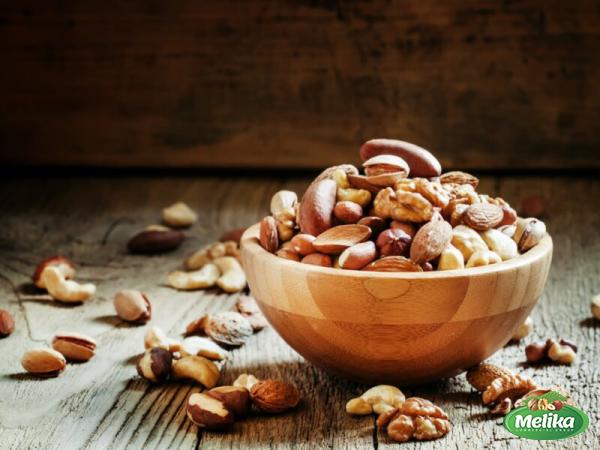
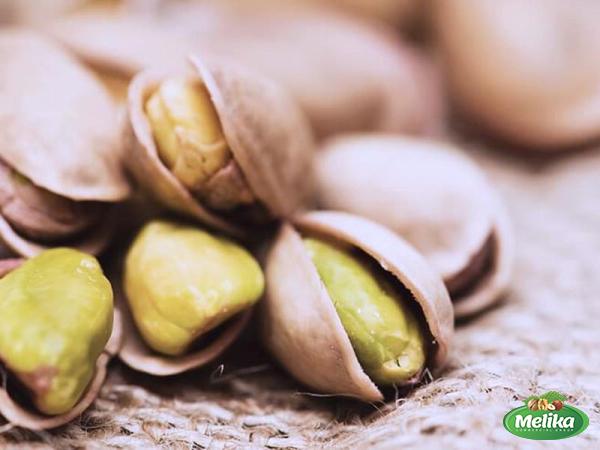
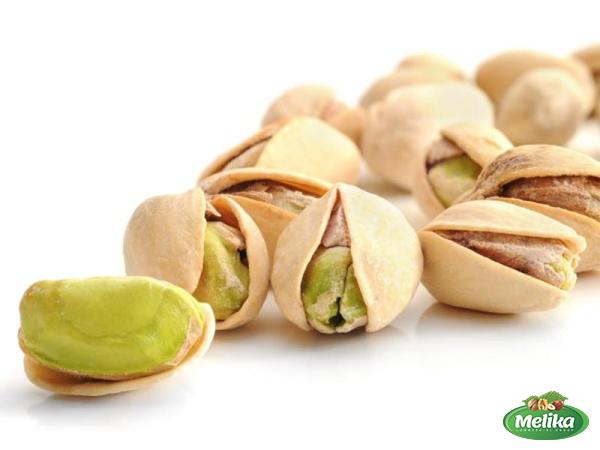
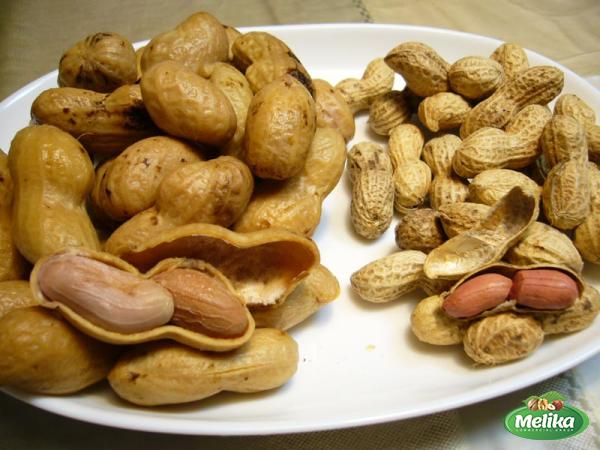
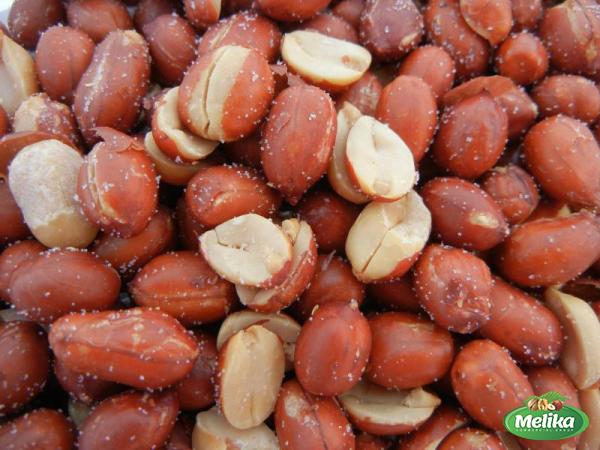
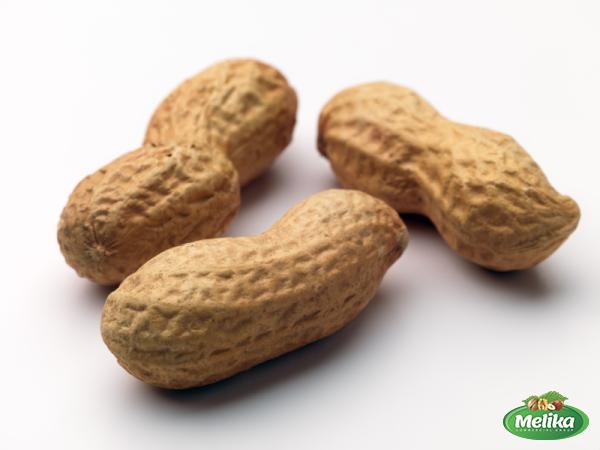
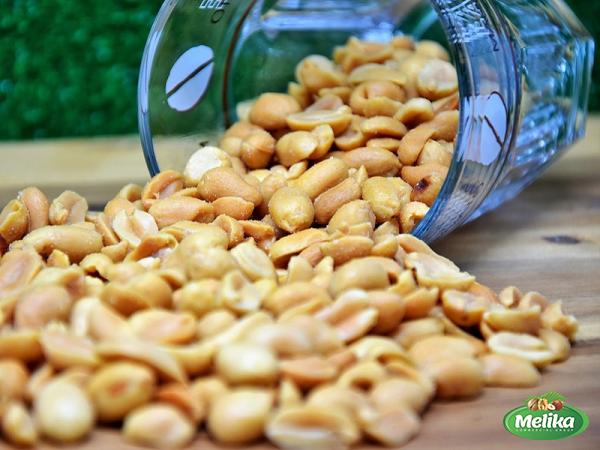
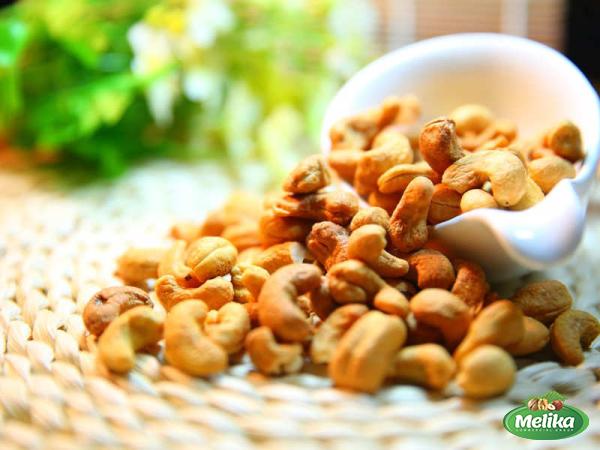
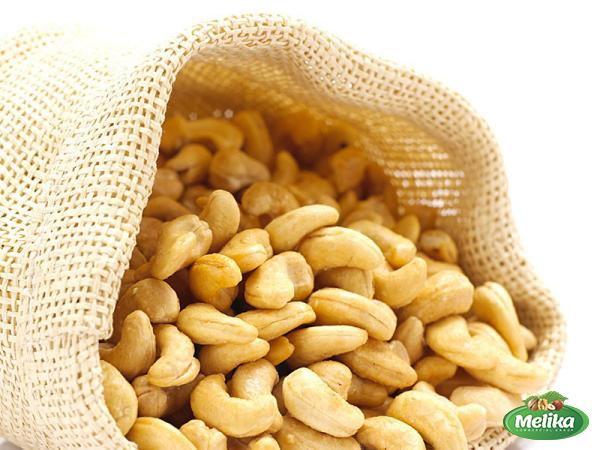
Your comment submitted.